Fleas pose a unique challenge when it comes to treating young kittens.
Their fragile bodies require special attention, and traditional remedies may not suffice.
But fear not!
We're here to unveil the secrets of successfully combating fleas in these adorable little furballs.
Join us as we reveal the straightforward techniques and ultimate solutions for treating fleas in young kittens.
Get ready to conquer the flea battle with confidence and ease!
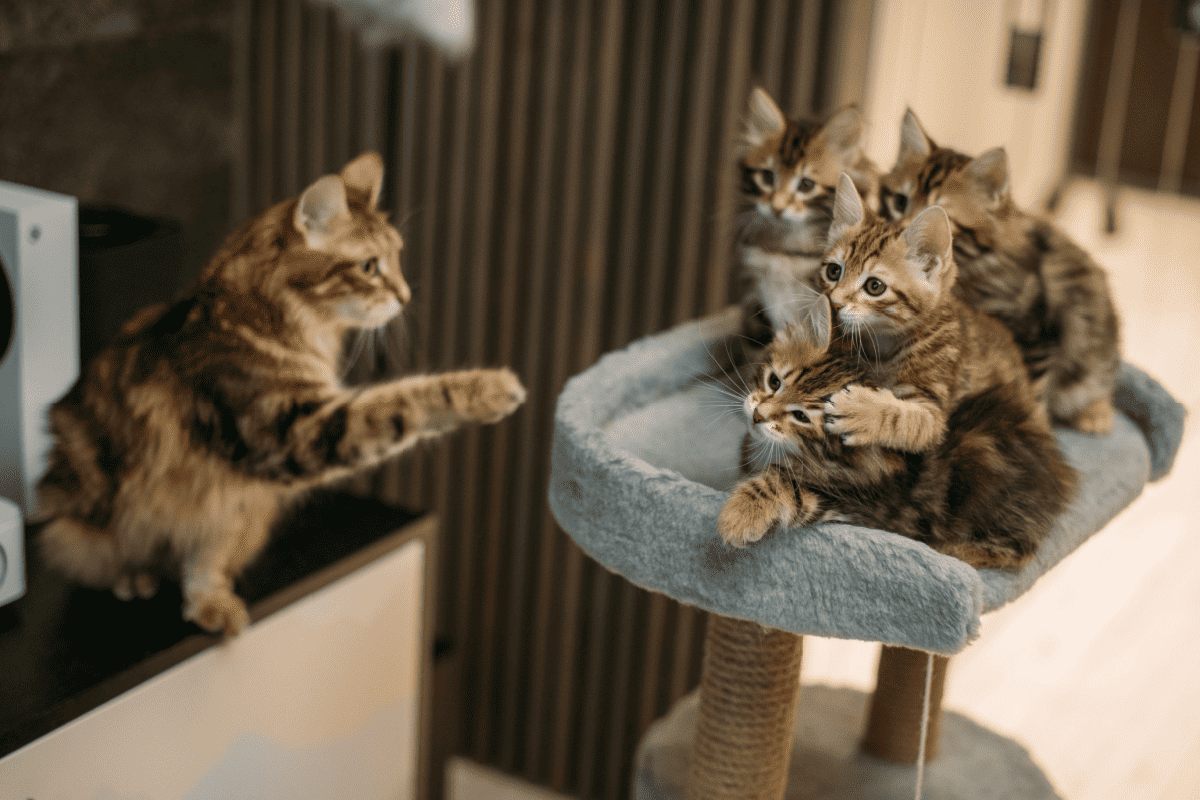
The Challenge Of Treating Fleas In Kittens
Getting rid of fleas is already a tough task, but when it comes to kittens, the challenge is even greater.
Unlike adult cats, their delicate bodies cannot tolerate the same medications.
So, how do you handle this unique situation? Let's explore the solutions step by step.
Determining Flea Infestation In Kittens
Does the kitten really have fleas? It's essential to confirm the presence of fleas before taking any action.
Here's how you can do it:
First, be sure any itching is really due to fleas. One way to check is by using a fine-toothed comb.
While the kittens are getting used to being handled and brushed, gently comb through their fur.
This process allows you to remove a few fleas as evidence, helping you confirm the infestation.
If that plan fails, part Kitty's fur and look for tiny black specks. These specks, known as flea dirt, are digested Kitty blood left behind by fleas.
To confirm if it's flea dirt, you can wet it. Flea dirt will turn reddish brown when wet, indicating its origin.
Keep in mind that kittens are tiny and don't have much blood to spare.
To assess their health, check Kitty's gums and tongue. A nice, rosy pink color is a good sign.
However, pale gums may indicate anemia caused by flea bites. Anemia is dangerous for tiny cats and requires immediate veterinary attention.
By thoroughly examining the presence of fleas and their effects on the kitten, you can take the necessary steps to ensure their well-being.
Checking For Anemia And Caring For The Mother Cat
If the kittens are still nursing, you'll have to consider the well-being of Mama Cat too.
While treating the kittens, it's important to remember that any medications given to Mama Cat will inevitably migrate to the kittens through the milk.
Unfortunately, bathing becomes the most suitable solution in this situation.
For more information on bathing an adult cat, refer to our detailed guide.
Read more here about bathing an adult cat.
However, the decision to bathe newborn or young kittens should not be taken lightly.
Bathing these fragile little beings poses unique challenges. Kittens have difficulty regulating their body temperature and are susceptible to getting dangerously cold.
Despite this, when faced with a flea-infested kitten, we must carefully weigh the alternatives.
In this scenario, the risk of anemia from flea bites outweighs the risk of hypothermia, especially since controlling temperature is easier within a home environment.
Read more about the challenges of bathing very young kittens.
By considering the needs of both the kittens and Mama Cat, we can ensure comprehensive flea treatment and provide a safe and comfortable environment for these precious feline family members.
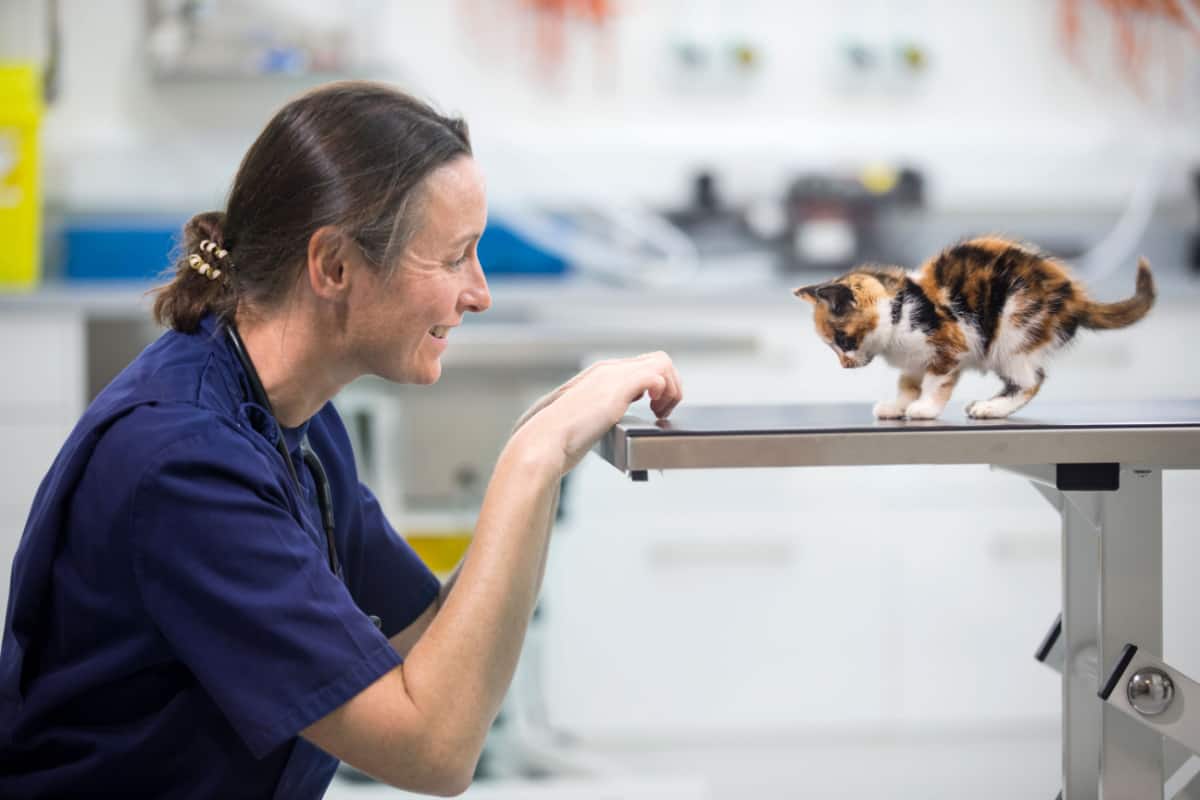
Bathing Newborn Or Young Kittens: Essential Preparations And Steps
When it's time to bathe your newborn or young kittens, using the sink as Kitty's bathtub is highly recommended.
Not only will this save your back from constant bending, but it also provides a confined space that minimizes the chances of a slippery escape, giving you more control over your squirmy little companion.
Before bringing Kitty to the sink, ensure you have the following items prepared:
- Very mild shampoo: Prepare a puddle of shampoo, about the size of a dime or half an inch, in a plastic dish or on the sink's edge.
Pouring shampoo directly from the bottle while trying to handle a wiggly cat can be challenging.
Alternatively, you can mix the shampoo with water and carefully pour it over Kitty, paying close attention to the temperature to prevent burns or chilling.
- Avoid excessive lathering: Remember, it's crucial not to overdo the lathering process.
Excessive soap can make it difficult to rinse Kitty clean and may cause itching.
The purpose of the soap is to immobilize the fleas, preventing them from running or jumping, and making them visible through Kitty's fur.
Additionally, the soap will provide soothing relief from flea bites.
- Comb with close-together teeth: Use a comb specifically designed with close-together teeth or a proper flea comb to help remove any remaining fleas or debris.
- Bowl or cup with warm, soapy water: Prepare this water to help capture any fleas you can grab off Kitty before lathering them up.
Fleas are light enough to float on water, and the soap will break the surface tension, causing them to drown.
Don't feel sorry for them—they were making your kitten ill.
- Petroleum jelly: Apply petroleum jelly around Kitty's eyes, inside the ears, around the mouth, and on the butt.
Fleas will instinctively head for higher ground, which tends to be the driest area, once Kitty's feet get wet.
This discomfort will be mutual, as Kitty will make sure you share the experience. The petroleum jelly will trap the fleas, allowing you to catch them and keep them away from sensitive areas.
- Several towels: Prepare multiple towels—one for Kitty, one for yourself, and one for Kitty to stand on while you dry them. Expect some splashing during the bathing process.
- Washcloth: Set a washcloth inside the sink to offer Kitty a surface to grip, promoting stability throughout the bath instead of relying solely on your arm.
Once you're prepared, gently place Kitty into warm (not hot) water, ensuring the temperature is comfortable.
Wet Kitty's fur thoroughly and promptly add the shampoo or soapy water to prevent fleas from making a quick escape.
If Kitty remains relatively calm and isn't chilled, leave the soap on for a minute or two. Remember to never let go of the kitten and be cautious not to let their head get submerged in water.
By following these steps and adequately preparing for the bath, you can make the process smoother and more comfortable for both you and your little feline companion.
Remember, safety and vigilance are key throughout the entire bathing experience.
SIGN UP FOR THECATSITE'S EMAIL UPDATES >
Persistence In Flea Treatment: Ensuring Success
When it comes to treating fleas, it's important to maintain persistence and adapt your approach as needed. Here's what you should keep in mind:
Baths may need to be repeated: Fleas are not easily defeated. While you may have effectively eliminated the fleas present on the kittens during the initial bath, there may be more hiding in the surroundings.
These pests could be lounging on the rug, Kitty's bed, or even on Mama Cat. To combat this, it's crucial to take additional steps.
Vacuum and discard used bags: Fleas lay eggs, which can lead to re-infestation.
Thoroughly vacuum the areas where the kittens reside, including their bedding and Mama Cat's resting spots.
Dispose of the used vacuum bag immediately to prevent flea eggs from hatching inside it, allowing the fleas to escape back into your home.
Wash all bedding: To further disrupt the flea life cycle, wash all the bedding used by both the kittens and Mama Cat.
Laundering the bedding in hot water will help eliminate any remaining fleas or eggs, reducing the chances of re-infestation.
As the kittens grow older: With time, the kittens' systems develop, and their ability to handle medications, preventatives, or flea shampoo improves.
If the flea problem persists despite your efforts, take solace in the fact that treatment becomes easier as the kittens' bodies mature and become more resilient.
By maintaining your persistence and implementing these measures, you can increase the effectiveness of flea treatment.
Remember, consistent action is the key to success in eliminating fleas and creating a safe, flea-free environment for your kittens and Mama Cat.
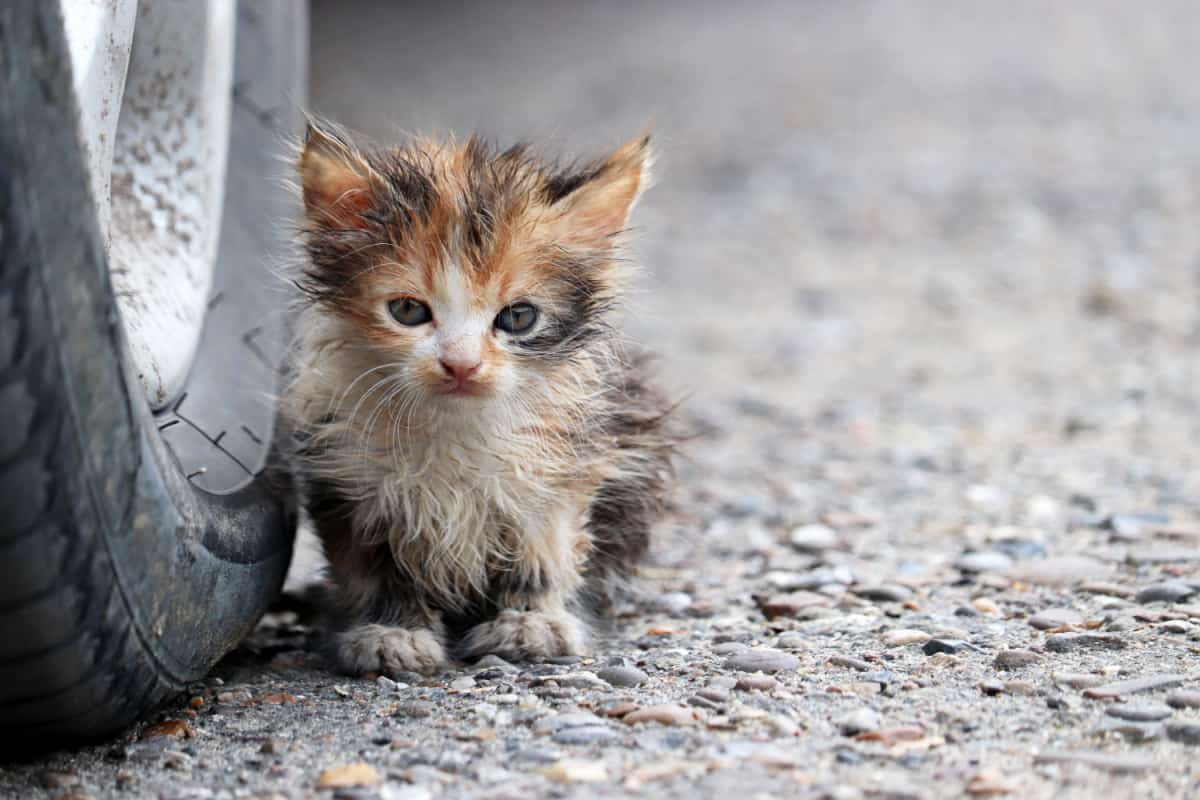
Victory In Treating Fleas In Kittens: Overcoming the Challenge
Dealing with fleas can be an arduous and relentless task, but do not lose hope. With persistence and the right approach, you can achieve victory in the flea wars.
Here's how to stay determined and overcome the challenge:
Acknowledge the ongoing battle: It's important to recognize that tackling fleas requires an ongoing commitment.
While it may feel like a never-ending struggle, remember that your efforts are crucial for the comfort and well-being of the kittens.
Stay persistent: Don't give up. Consistency is key in combating fleas.
Continue your diligent efforts until you successfully eradicate these pesky pests from your home. Through regular treatments and preventive measures, you can gain the upper hand.
Adapt your approach: Fleas are resilient, and they may find hiding spots beyond the kittens themselves. Expand your focus to the environment by vacuuming thoroughly, washing bedding, and taking necessary precautions.
By addressing all potential areas of infestation, you enhance your chances of eliminating fleas for good.
Seek professional guidance if needed: If the flea problem persists or becomes overwhelming, don't hesitate to consult a veterinarian.
They can provide valuable guidance, recommend appropriate treatments, and offer expert advice tailored to your specific situation.
Remember, victory in the flea wars is attainable.
With perseverance and a comprehensive strategy, you can create a flea-free environment, ensuring the well-being of your kittens.
Stay determined and continue your efforts until the siege is finally over.
SIGN UP FOR THECATSITE'S EMAIL UPDATES >
Comments? Leave them using the form below. Questions? Please use the cat forums for those!
Note: We may get commissions for purchases made through links on this page.

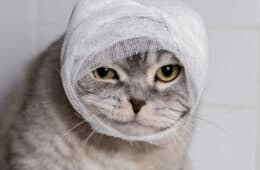
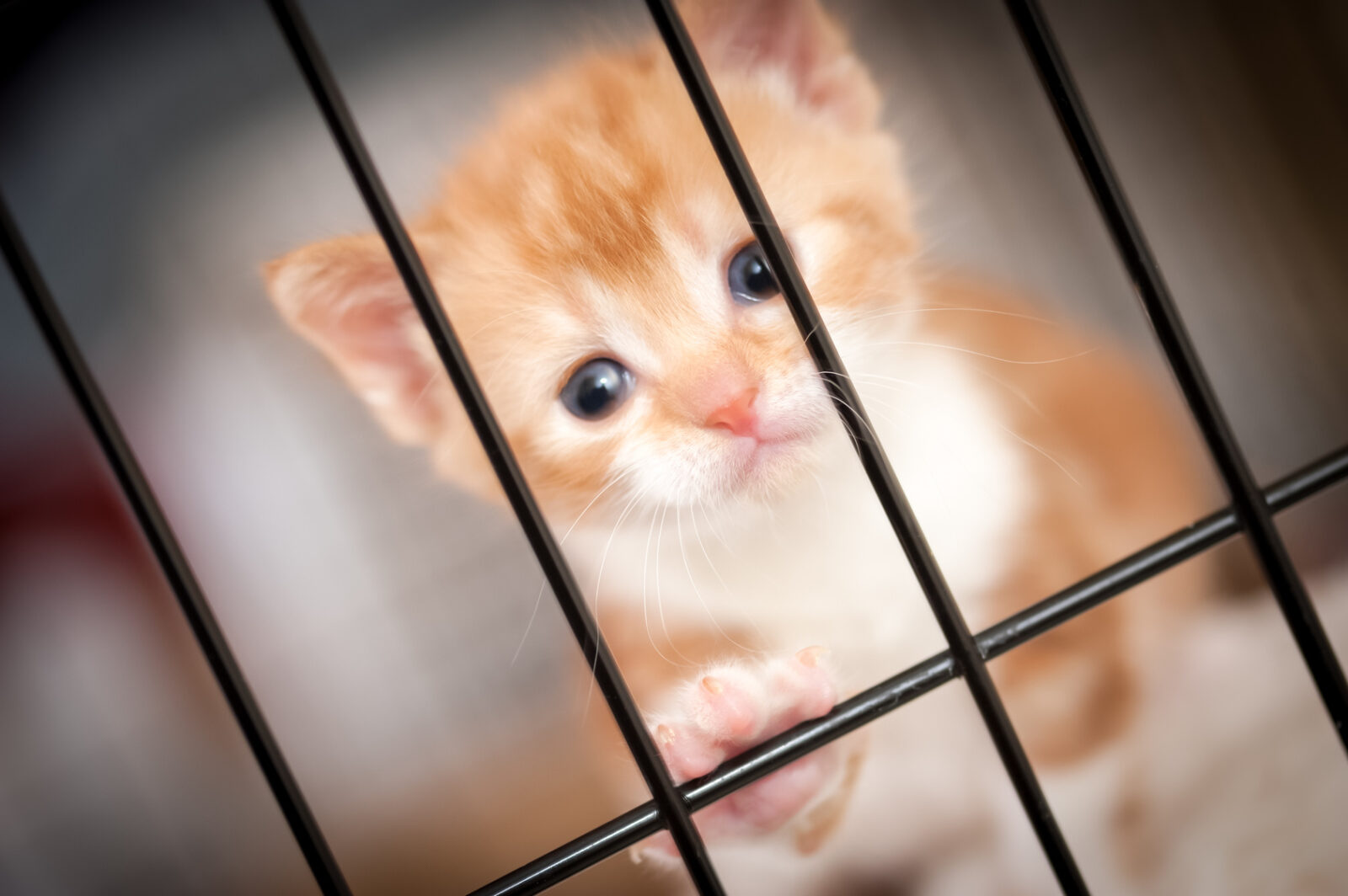
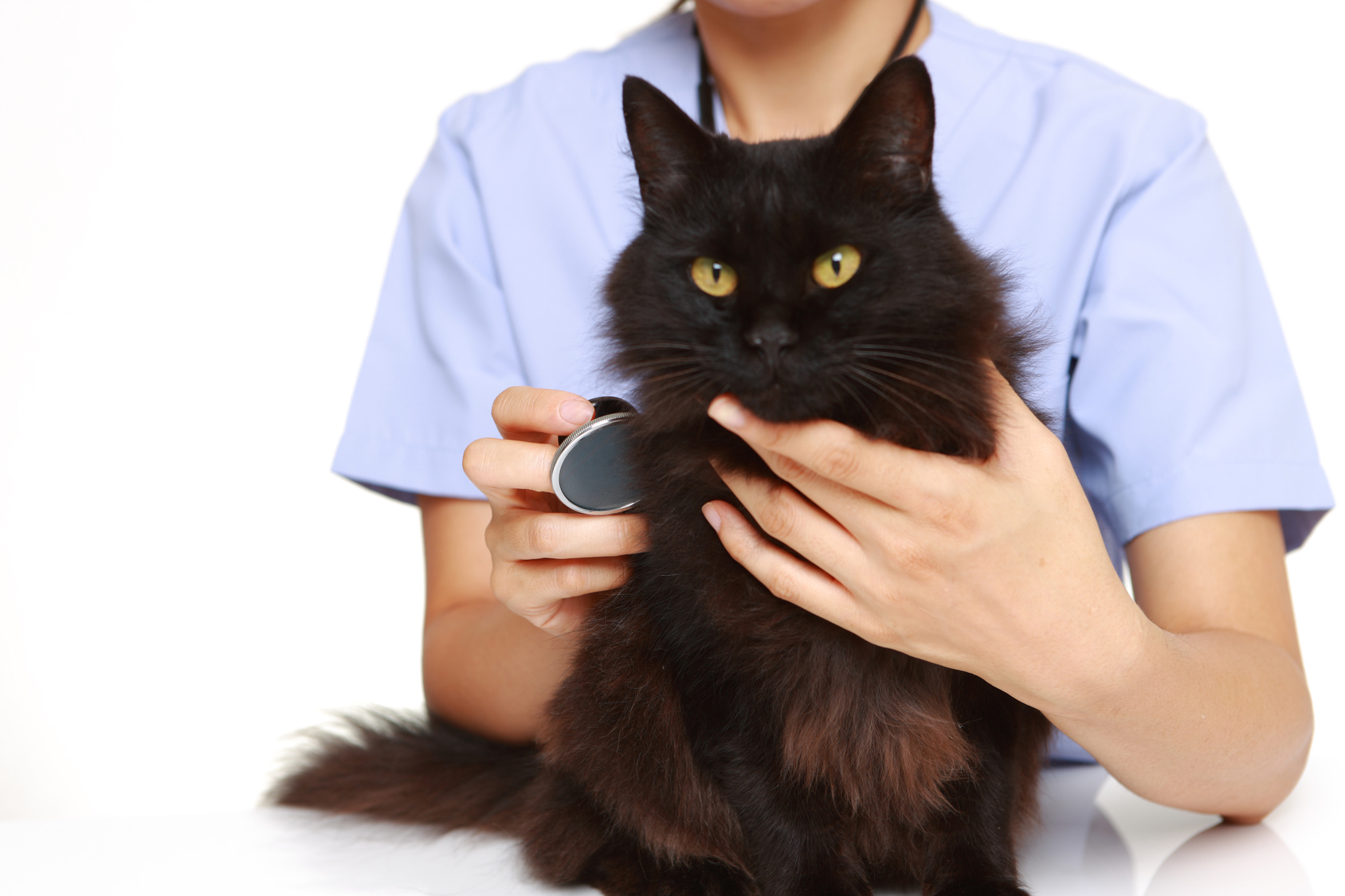
3 comments on “Treating Fleas In Kittens Made Easy [Practical Solutions For Pet Owners]”